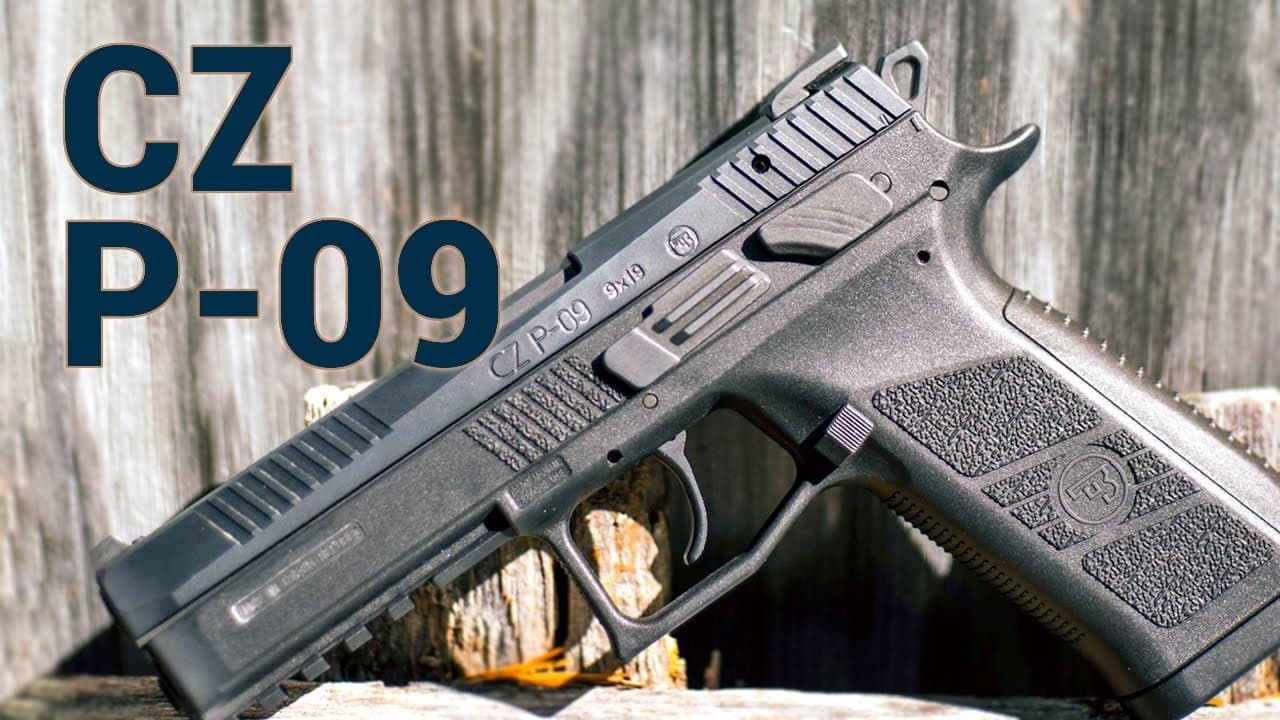The CZ P-09 is a great gun. So why did the US military pass on it for Sig Sauer? In September 2015 the United States military issued a Request for Proposals (RFPs) to determine the next standard sidearm to replace the Beretta M9 pistol and SIG Sauer M11. The XM17 Modular Handgun System (MHS) competition was a joint effort with the United States Army and United States Air Force, while the United States Marine Corps also participated to have input on the source selection.
From the get-go, there were some issues.
The House Armed Services Committee had sought to cancel the XM17 MHS program, and called for an upgrade to the M9. Beretta even created its M9A3 pistol upgrade to address the engineering change proposals (ECPs) under its contract with the U.S. Army. However, the M9A3 was rejected and the House of Representatives backed a $5.4 million plan to procure 7,106 MHS-pistols for testing. The maximum program value of the XM17 contract was reported to be worth up to $580 million.
According to the MHS tests, the Army desired 2,000 mean rounds between stoppages, 10,000 mean rounds between failures and a 35,000-round service life. A total of twelve pistols were slated to take part in the competition.
Czech it Out
Among the entries was the Czech-made CZ P-09, an already well-respected modern, duty-sized firearm. The polymer pistol holds 19+1 rounds of 9mm ammunition in its flush-fitting magazine, features a double-action-only (DAO) trigger with a bobbed hammer. It also offers an integrated 1913 Picatinny rail, which makes the pistol readily adaptable to low-light situations. The P-09 features an interchangeable ambidextrous, decocker/manual safety, and is available as a suppressor-ready model. The company also entered its P-07, a more compact offering, which also features a DAO trigger.
According to reports, that DAO feature may have been an issue – it wasn’t an MHS requirement and in the end, turned out not to be favored. Perhaps seeing that this feature could have been held against it in formal testing, CZ opted not to formally enter the CZ P-09 competition. It has remained a debate since whether the potentially best offering was thus never considered.
However, as a number of Czech handguns were imported into the United States in advance of the testing, these were offered for sale.
According to sources including The Truth About Guns, there were fifty P-09s in 9mm, fifty P-09s in .40 S&W, ten P-07s in 9mm, five P-07s in .40 S&W, and a dozen P-09s with suppressor-ready top end kits. Six of those were in 9mm and the other six in .40 S&W. Sold on the open market those guns were reportedly scooped up by enthusiasts.
As for the actual competition, the Army selected SIG Sauer’s full-size XM-17 and compact XM-18 variant pistols, but even that wasn’t without controversy. Glock filed a protest with the Government Accountability Office (GAO), challenging the Army’s interpretation of the solicitation. GAO denied the challenge – so perhaps CZ made the right call to avoid the competition entirely.
Peter Suciu is a Michigan-based writer who has contributed to more than four dozen magazines, newspapers and websites. He regularly writes about military small arms, and is the author of several books on military headgear including A Gallery of Military Headdress, which is available on Amazon.com.

